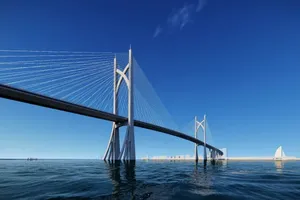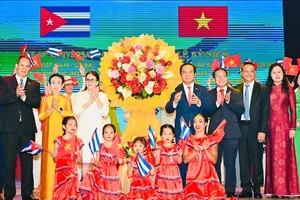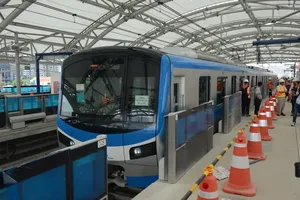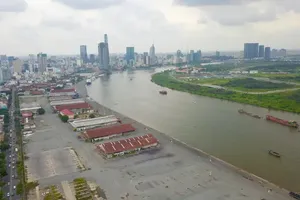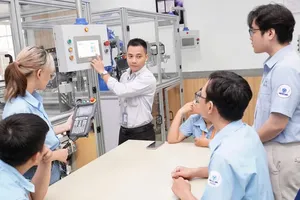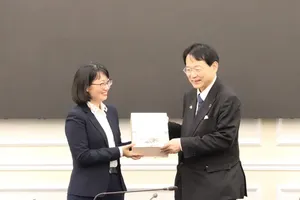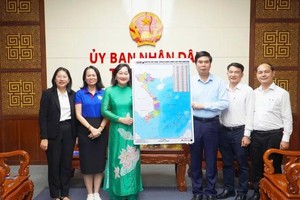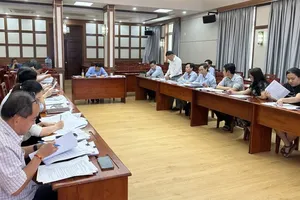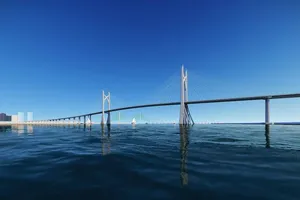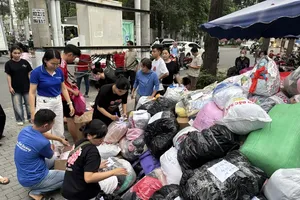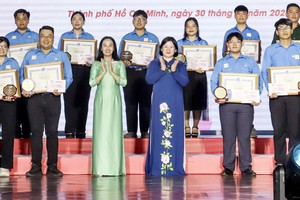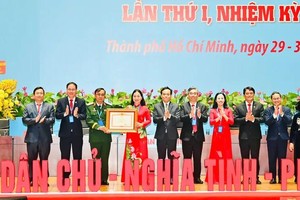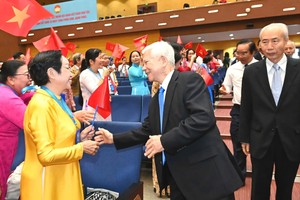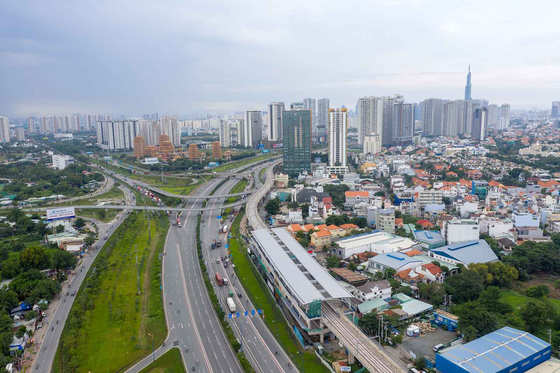 |
Phuoc Long Station of Ben Thanh – Suoi Tien Metro Line 1 (Photo: SGGP) |
HCMC has lately invested in several street construction projects, leading to increasing prices of land lots by as much as ten times along those routes. However, the differential ground rent has not been collected back to the state budget as these lots are mostly private land fund.
Head Hoang Ngoc Tuan of the Technical Procurement Office under the HCMC Management Authority for Urban Railways (MAUR) said that urban growth along major traffic routes like metro lines is extremely important as most surplus values come from these neighboring areas, yet it has not been mentioned in the Land Law.
For instance, the metro lines in HCMC need 26m of width for construction, but around 500m-1km along these lines can bring back high surplus value. This means at the estimate income of VND100 million/ha (US$4,255), 500ha of land lots neighboring the lines can earn VND50 trillion ($2.13 billion). This large amount is more than enough to invest in the metro project without any need to borrow foreign capital, stressed Head Tuan.
Shin Kimura from Urban Renaissance Agency (URA) of Japan commented that HCMC should plan its land fund to develop satellite urban areas with department stores, squares, public parks, parking lots to better exploit the newly built metro lines. This is a critical solution to renovate the city, supplement capital for current projects like the urban railway system, and serve the needs of local residents.
He added that to have such an effective model, it is necessary to re-plan land use and add essential infrastructure to increase land values along with the construction of metro lines. Land clearance tasks must follow a suitable mechanism to ensure the interests of stakeholders and synchronous growth of both urban areas and metro routes. This solution can also create a strong financial backup for other similar urban railway projects.
Traffic experts also agreed that the applicable law does not allow the exploitation and management of surplus values of the land fund along major traffic routes, resulting in the need to borrow billions of US$ from other countries to complete these street construction projects. Therefore, HCMC has proposed to use the state budget to create land fund along main routes in the city.
Deputy Head of MAUR Nguyen Quoc Hien said that there is no country in the world relies totally on foreign capital loan or state budget to construct railway systems. Hence, right at the beginning stage of Ben Thanh – Suoi Tien Metro Line project, HCMC has considered exploiting possible land fund and space along the route for economic growth and capital supplement to reinvest in infrastructure.
“At present, all metro lines in HCMC have been planned. However, land clearance can only be done in accordance with the project boundary. There is no way to expand the surface area to implement the Transit-oriented Development model (TOD – an urban development model closely connected to public transport growth)”, said Mr. Hien. Obviously, the draft resolution to replace Resolution 54 when approved will become a vital foundation for HCMC to pilot TOD to renovate land lots around metro stations.
Vice Chairman Bui Xuan Cuong of HCMC People’s Committee informed that the city has presented several important contents in this draft resolution to replace Resolution 54. This paper is now considered by the National Assembly for approval. When the new resolution comes into effect, HCMC will be the first in the country to pilot TOD model with the core of the urban railway system when planning the land use for urban areas surrounding metro stations.
According to planning, HCMC has 8 metro lines and 3 tram lines or monorails with a total length of 220km. The total investment is nearly $26 billion.

